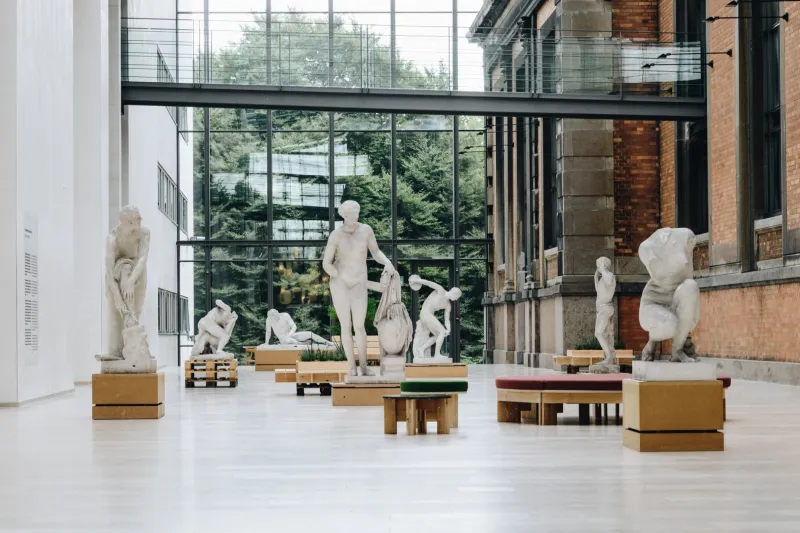Publications
The potential of artistic products
“Art is almost as old as man”, Fischer (1987, p.20)
Having been art since the most remote times, a means of expressing beliefs, needs, fears, desires or dreams and of understanding man's relationship with his environment, his sociability and his self, as an individual in construction, in discovery and self-perception, it is easy to conclude its social and individual function as a tool for the expression and understanding of the whole that involves the human being.
Over time, many movements were born with their conceptions of what art is or should be. From Russian formalism to conceptual art, or earlier movements such as Romanticism, Baroque or Neoclassicism, all were committed to producing artistic content that helped to elevate man and shape different aspects of his existence.
When art became independent of institutions, topoi, or patrons, it unfolded in a diversity of themes, forms, materials and uses. Almost autonomous movements that make up a palette of everything that art can be today, depending on the function in which it is inserted and the interlocutor to which it presents itself, as well as the context in which it is inserted.
What if art closes in on itself? In the 18th century, the theory and movement Ars Gratia Artis had as its purpose for art to have none. Despite having become aestheticism, the fruition of the work itself, even if a non-dialogue is impossible, sacralizes the object of art that dispenses with acting in the real, in the subject, in society.
But can art, the artistic object, the work, in fact have a role where it benefits from those who enjoy it? Art, culture, and education are of vital importance in human development, in improving sensitivity, in understanding the world and the plural worlds of our society, useful for the development of cognitive, linguistic and social aspects, a source of well-being and health. At a time when doctors prescribe art, culture, books, theater for today's personal and social ills.
In addition to knowledge as an object of study, it provides, both individually and collectively, in a factor of unification, clarification, enrichment and with the potential to intervene and transform both the life of an individual, a group or a society in its complexity, heterogeneity, diversity and multiplicity.

